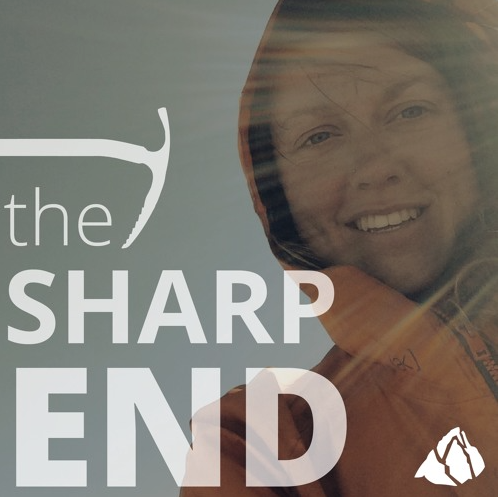Fall On Rock — Exceeding Abilities, No Helmet
California, Joshua Tree National Park, Hemingway Buttress, White Lightning
On January 1, Kennya Pimentel (20) of Las Vegas, Nevada, fell while climbing White Lightning (5.7) at the Hemingway Buttress. Unable to place protection or climb through a crux section, she decided to downclimb and lower off from about 100 feet up the climb. However, while downclimbing she fell, swinging and then hitting her hip on the rock and flipping backward.
The fall distance was about six feet. She was not wearing a helmet and initially complained of both head and hip injuries. Another climber ascended to her position and suspected possible spinal cord injury. She was stabilized into a seated position but unable to be lowered.
Climbers at the crag notified the Joshua Tree National Park staff, who called for a rescue due to the nature of her injuries. Rangers, volunteers from the JOSAR team, sheriff’s officers, and helicopters responded. JOSAR team members helped Pimentel’s climbing partner escape the belay and then used a high-angle rescue system to extract Pimentel and safely lower her to the ground. All precautions were taken to stabilize her during the evacuation. She was airlifted to Desert Regional Hospital. Fortunately, upon examination, it was determined she had sustained no serious injury. The rescue took about five hours to complete. (Sources: Jennie Kish Albrinck, Joshua Tree National Park staff, and David Doucette.)
ANALYSIS
Climbers should always consider wearing a helmet, even when single-pitch climbing, due to the possibility of dropped objects and swinging falls, flipping upside-down, or impacting ledges and other terrain features. Much of the terrain in Joshua Tree is less than vertical, which increases the potential for head injuries in falls like this.
Additionally, the victim’s partner did not know how to escape the belay. They were lucky to be in an area with other climbers who could provide assistance and call for help. Had they been on their own, the rescue could have been delayed significantly due to their lack of mobility. (Source: The Editors.)
How To Escape The Belay:
Belay Escape with Phil PowersExecutive Director Phil Powers demonstrates how to escape a belay:
Posted by The American Alpine Club on Wednesday, February 2, 2011

